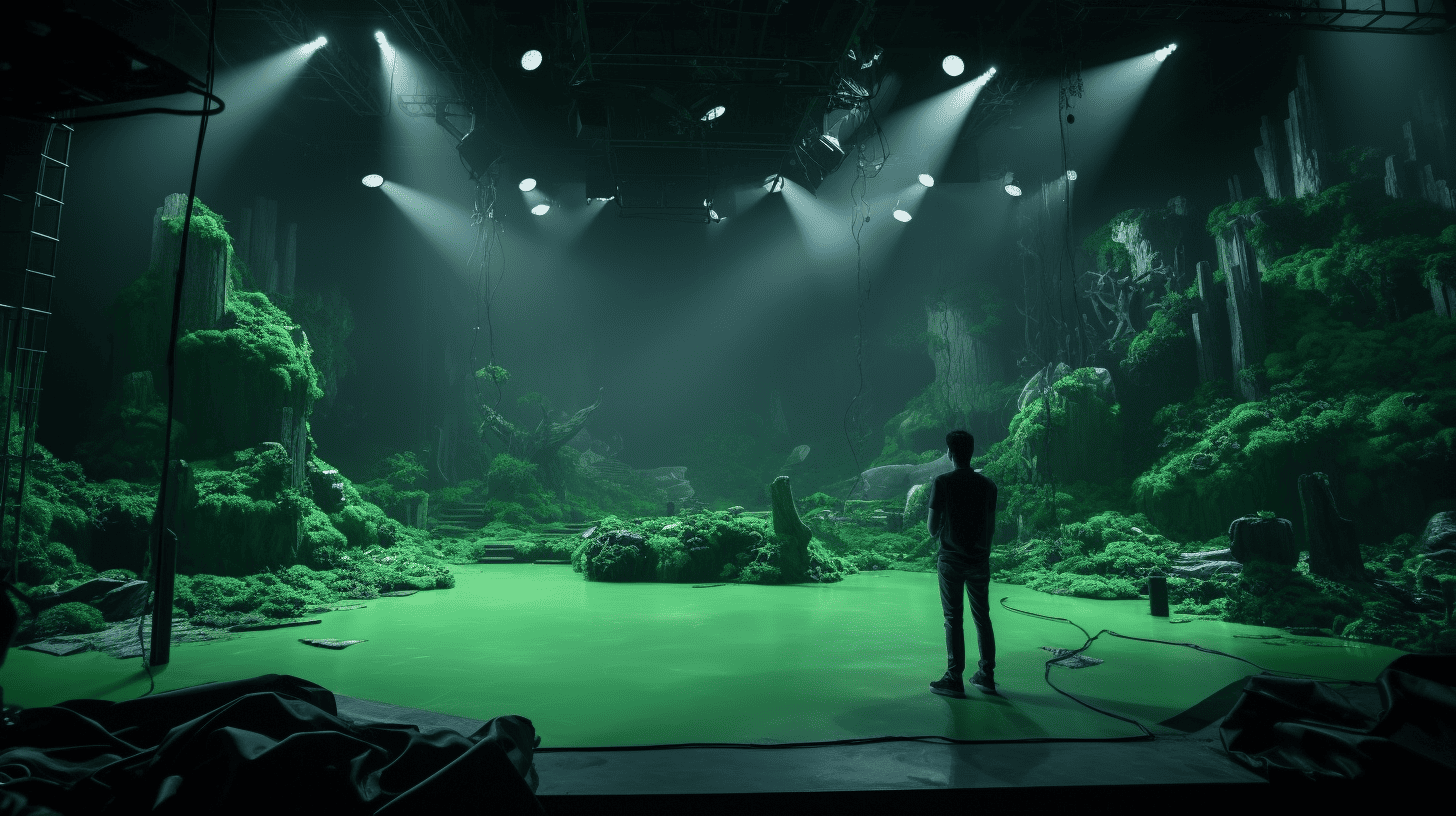Visual effects (VFX) have become an essential part of modern media, whether it’s for movies, TV shows, or video games. If you are considering a career in VFX, understanding the software used in VFX courses is a crucial first step. Many VFX courses are designed to provide hands-on experience with industry-standard tools, allowing students to develop the skills necessary for a professional career. Let’s explore the common types of software used in VFX training.
3D Modeling Software
3D modeling software is often the foundation of any VFX course. These programs allow students to create, manipulate, and modify 3D objects, which can later be used in films, games, or animations. Learning 3D modeling is essential in most VFX training programs. This type of software enables students to build environments, characters, and even complex objects for their projects. In a VFX course in Udaipur, you might focus on learning these fundamental tools early in your training.
Compositing Software
Compositing software is another critical tool in the VFX world. This software allows artists to combine multiple layers of visual elements into a single scene. It is widely used to blend live-action footage with digital effects, such as creating explosions, adding characters into real-world environments, or removing unwanted objects from a scene. Understanding how to use compositing software is key in creating seamless visual effects.
In VFX training in Udaipur, compositing is often a central part of the curriculum. Students learn how to layer different shots and visual elements to create the final, polished product. Compositing allows the integration of special effects with live footage, which is a vital skill in the world of VFX.
Animation Software
Animation software is another important aspect of VFX courses. It’s used for creating motion in characters, objects, and environments. Whether it’s creating realistic character movements or simulating natural elements like water, fire, or smoke, animation is a key part of visual effects. Students in VFX courses often spend a considerable amount of time mastering animation techniques.
In a VFX course in Udaipur, students get to explore how animation software can be used to bring their creative ideas to life. The tools taught in these courses often help students simulate lifelike movements, contributing to the realism in their VFX work.
Motion Tracking Software
Motion tracking is used when combining digital effects with live-action footage. It involves tracking the movement of objects or people in a shot so that digital elements can be added accurately. Motion tracking software is widely used in the production of movies, TV series, and commercials.
During VFX training in Udaipur, students learn how to use motion tracking software to ensure that digital elements are perfectly aligned with real-world footage. This is a critical part of creating effects that look convincing and professional.
Rendering Software
Rendering software takes all the visual elements from a project—such as 3D models, textures, lighting, and animation—and processes them to create the final image or video. Rendering can be a time-consuming process, especially in complex scenes, but it is an essential step in the VFX pipeline.
In a VFX course in Udaipur, students learn how to optimize their render settings to produce high-quality images without unnecessary delays. Understanding the rendering process is vital for any aspiring VFX artist, as it influences the final visual quality of the project.
Editing Software
Lastly, editing software plays a significant role in the VFX process. Once the visual effects are complete, editing software is used to piece together the various scenes, adjust the pacing, and ensure that the story flows smoothly. It helps in finalizing the project and making sure all elements work cohesively.
In VFX training in Udaipur, students often gain experience with editing software alongside their work in VFX, learning how to fine-tune their projects for the best possible outcome.
Conclusion
Understanding the different types of software used in VFX courses is essential for anyone looking to enter the field of visual effects. From 3D modeling to motion tracking and rendering, each type of software plays a crucial role in bringing creative ideas to life. A VFX course in Udaipur covers all these aspects, helping students develop the skills they need to succeed in the industry.

